Ultra-wealthy families are scaling back private equity investments to levels not seen in the last five years amid an industry-wide exit downturn and higher financing costs that have been exacerbated by the latest trade war tensions.
Global family offices said they are planning to trim the share of their portfolios’ exposure to direct and fund investments to a combined 18% in 2025, compared with 21% last year, according to a recent report by UBS, whose data is based on a survey of 317 clans, with $1 billion in assets on average, between January to early April this year.
The plan to rebalance their portfolios is not surprising given that the share of allocation to private equity dipped to 21% (direct investments and investments in funds) in 2024 from a six-year high of 22% in the year prior.
Global family offices’ exposure to various assets

Source: UBS Global Family Office Report 2025
The share of direct investments in private equity will bear the brunt of the decline in 2025, potentially slipping from 11% to 8%, while funds of funds investments will likely hold steady at a 10% share, said the report.
“These are the type of family offices that don’t run their own private direct investments,” said a US family office executive in the report. “They’ve pared back on that because of the situation with exits. If you don’t have an exit, you don’t have any cash to recycle.”
This continuous pullback marks a turning point for one of the most favoured asset classes among the world’s wealthiest families. Private equity had steadily grown after the 2021 bull run across sub-sectors in global financial markets, with many family offices allocating capital in search of an illiquidity premium that are less correlated with public markets. But high interest rates and geopolitical uncertainty have weighed on dealmaking and exits in the past years.
The caution is also tied to a broader reallocation trend. While private equity is losing ground, family offices are leaning into developed market equities and private debt. The share of developed market equities in family offices’ portfolios rose to 26% in 2024, from 24% in 2023, and it may increase to 29% in 2025.
Meanwhile, the share of private debt allocations doubled from 2% in 2023 to 4% last year, with a further increase to 5% anticipated in 2025.
“Private debt is a relatively new asset class—it’s fashionable, and everyone wants a piece of it to chase yield,” said the CIO of a European single-family office cited in the report. “But we remain cautious and are not yet convinced by the risk-return characteristics.”
Rich Asians
While global family offices are rebalancing their portfolio in response to economic conditions, those in Asia are leaning even more conservatively in their private equity exposure last year.
Family offices in North and Southeast Asia allocated just 15% and 11% to the asset class, well below the 22% global average. With only 5% allocated to direct private equity last year, Southeast Asia trailed all other regions.

Source: UBS Global Family Office Report 2025
The majority of their wealth was invested in equities, fixed income and cash, respectively.
“There’s been huge turbulence in the market, and we’re sitting tight and waiting for the dust to settle,” said the managing director of a Hong Kong-based family office. “We’ve taken a portfolio approach rather than being concentrated in any particular area.”
Long-term view
Despite near-term pullbacks in private equity, rich investors around the world expect private market allocations to rebound over the next five years.
Thirty seven percent of family offices expect a significant or moderate rise in direct private equity exposure, while 34% expect an uptick in funds-of-funds investment that could reverse some of the cuts in 2025, the report said.
Additionally, almost a third (30%) anticipate a significant or moderate increase in private debt, and almost a quarter (23%) in infrastructure. There’s more ambivalence toward real estate, with 29% seeing a significant or moderate increase, counterbalanced by 19% seeing a significant or moderate decrease.]
About 30% of rich investors anticipate a significant or moderate increase in private debt and almost a quarter (23%) in infrastructure.
Asia-Pacific (ex Greater China) leads regional investment outlooks, with 35% of family offices aiming to raise allocations across all asset classes in the long term. North America trails slightly at 32%, followed by Western Europe (21%) and Greater China (19%).




